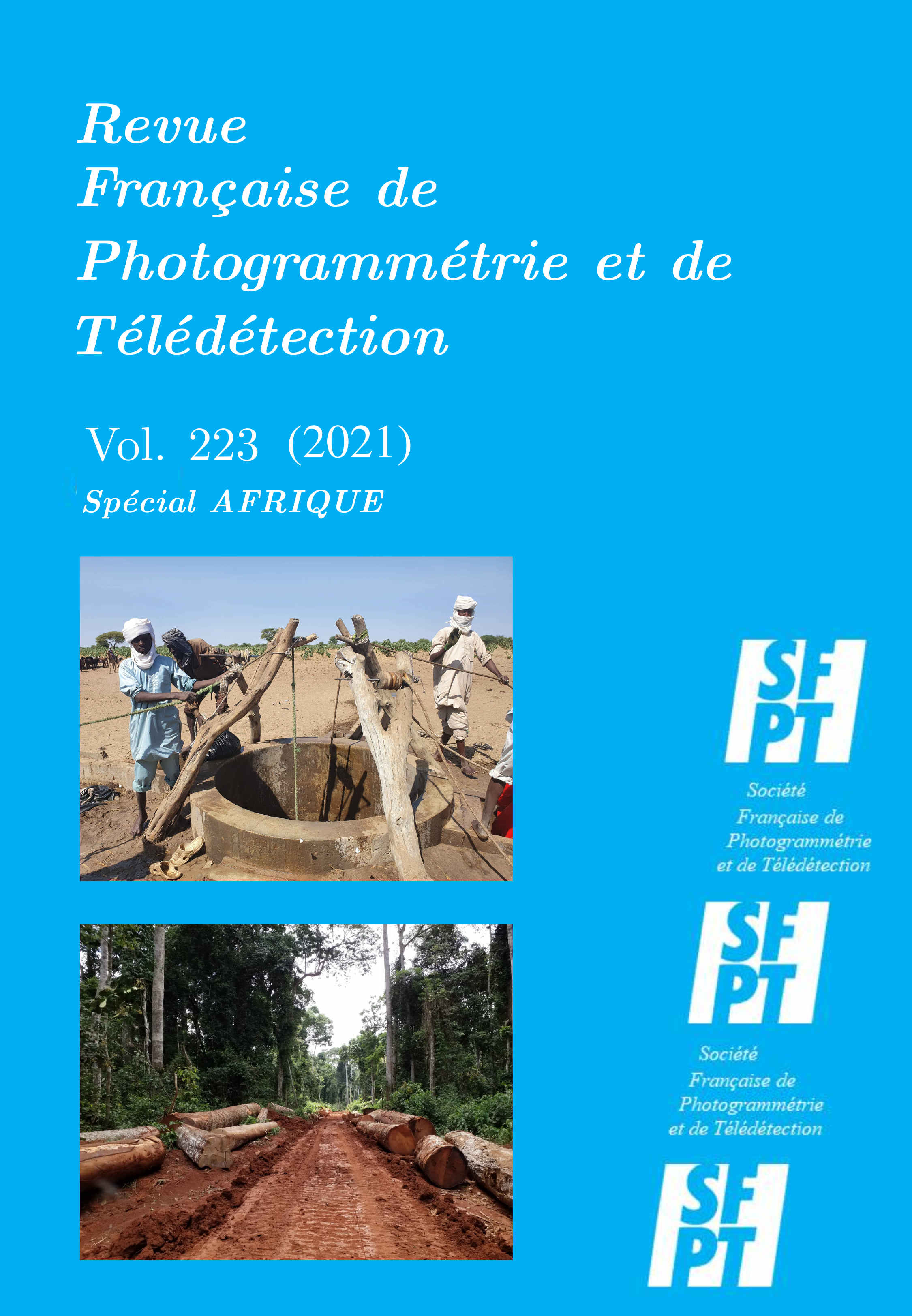Analysis and consolidation of results on estimates of foret cover area and changes between 2000 and 2016 in the Republic of the Congo
DOI:
https://doi.org/10.52638/rfpt.2021.587Keywords:
Forest cover and loss of forest cover, remote sensing, accuracy assessment, CongoAbstract
Accurate and consistent reporting on forest cover and land use / cover changes is crucial in the post-Paris agreement context where countries are obliged to regularly submit their reports on the greenhouse gas balance of emissions and removals. This reporting of changes can have a direct impact on payments through comparisons with national reference (emission) levels in the context of reducing emissions from deforestation and forest degradation, particularly as part of the REDD+ process. However, before doing so, countries are invited to strengthen their national forest monitoring system and also to produce map products that comply with robust methods for assessing the uncertainty of forest cover change estimates as prescribed by UNFCCC. In this study, we present the results of the accuracy of the numerous forest maps available in Congo using a new method developed by SIRS and adapted to the context of the Republic of Congo. The results of the study show an underestimation of nearly 50% of forest losses in the period between 2000 and 2014 either by the direct estimation method or by regression estimates. Comparison of the two methods shows that the estimates of forest cover losses by the sample point method underestimates the estimate of losses over the period 2000-2014 as well as over the period 2014-2016. We conclude that there is a need to strengthen the national teams in charge of forest mapping, but also that the method of Sannier et al. 2014 should be adopted for the evaluation of precision.
Downloads
Downloads
Published
Versions
- 2022-01-26 (3)
- 2021-11-02 (2)
- 2021-08-25 (1)
How to Cite
Issue
Section
License
Copyright (c) 2021 Camille Pinet, Français, benoit mertens, gabriel Jaffrain, christophe Sannier, Stoffenne BINSANGOU1

This work is licensed under a Creative Commons Attribution 4.0 International License.






